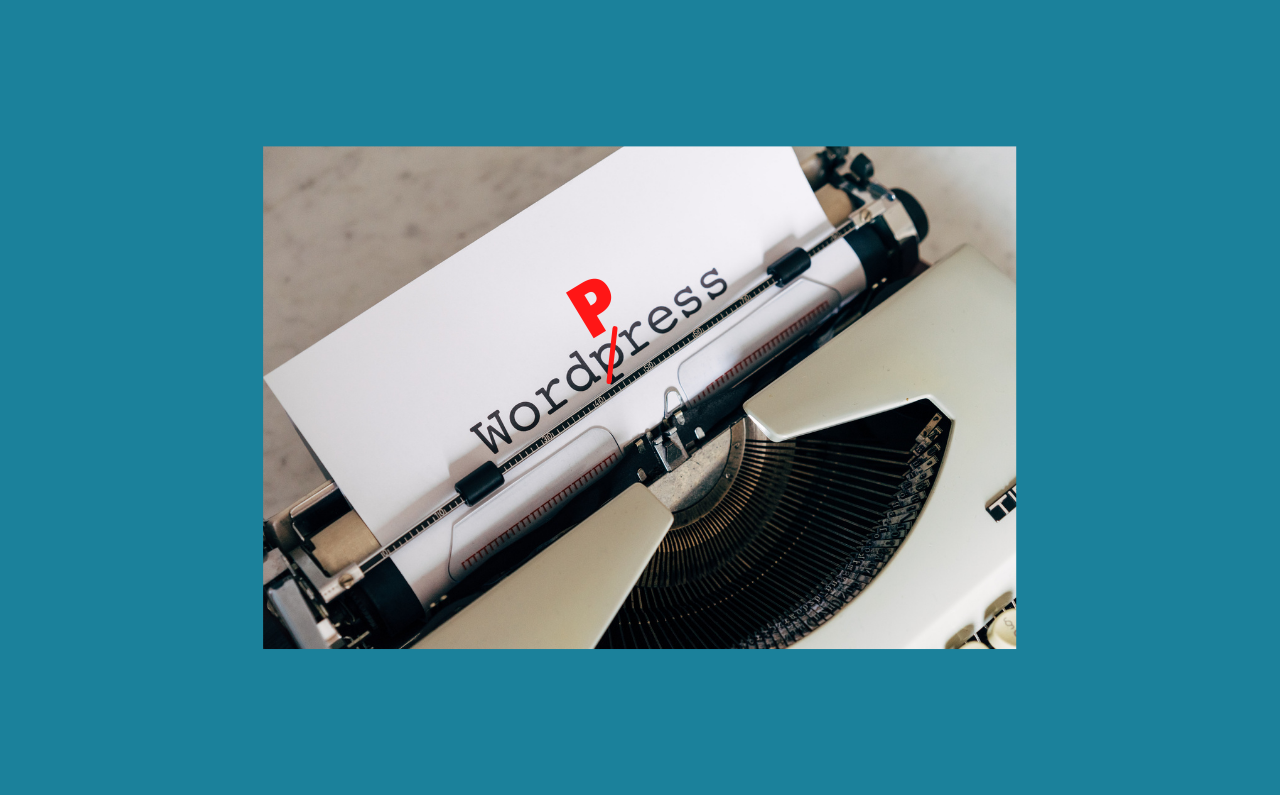The WordPress P is always capitalized. This is one of the social norms of the WordPress community. WordPress was created in 2003 by Matt Mullenweg and Mike Little, who decided that WordPress would be case sensitive, meaning that all letters are to be typed with their corresponding caps lock on. This means that WordPress starts with a capital P and all other words start lowercase.
The capital P in the word “WordPress” has caused frustration, uncertainty, and unwavering loyalty since WordPress’s debut in 2003. In 2009, Matt Mullenweg and the WordPress development team introduced a script into the core of WordPress 3.0 known as capital_P_dangit. It forces a lowercase p to upper in the trademarked name. This resulted in an outrage from certain members of the community who felt that the open source project with a mission for democratizing publishing for all was placing a form of censorship on the very platform that espoused open publishing. If a script could change a letter in a word, does that open a slippery slope to change entire words?
Why The WordPress Capital P is Important
For the most part the community moved past the controversy and it became an institutional norm. There is a bit of a running joke that no one wants to get called out when they miss the capital P. A common measuring stick of a company’s level of skill with WordPress is this simple spelling rule. If an agency brags that they are WordPress experts, yet the P is not capitalized, it makes one question how familiar they are with the WordPress community. They may have years of general website experience but that one thing tells you they are lacking when it comes to WordPress. So, whenever you write ‘WordPress’ please do so with a capital P, dang it.
